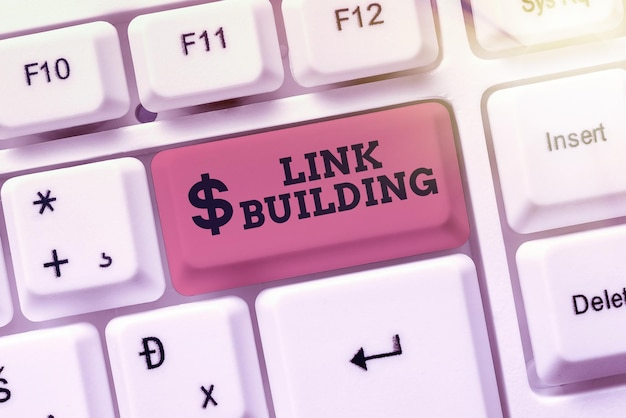
The moment a new client signs on the dotted line marks not the finish line, but the exciting starting point of a collaborative journey. For agencies, a well-defined and executed client onboarding agency client onboarding process isn’t just about paperwork; it’s the bedrock upon which strong, long-lasting, and profitable relationships are built. A seamless and positive onboarding experience sets the tone for the entire engagement, fostering trust, clarity, and mutual understanding. Neglecting this crucial phase can lead to miscommunication, frustration, and ultimately, a higher risk of client churn.
So, what constitutes a best-in-class agency client onboarding process? It’s a carefully orchestrated series of steps designed to welcome the new client, gather essential information, align expectations, and kick off the project with clarity and enthusiasm. Here’s a look at key elements that contribute to a successful onboarding experience:
1. The Warm Welcome and Initial Introduction: The onboarding journey should begin with a warm and personalized welcome. This goes beyond a standard welcome email. Consider a brief introductory call or even a personalized video message from the key team members who will be working on the client’s account. This human touch helps build rapport and makes the client feel valued from the outset. Clearly outlining the next steps and providing a point of contact for any immediate questions is also crucial at this stage.
2. Comprehensive Information Gathering: To effectively serve a client, an agency needs to gather a wealth of information. This includes understanding their business goals, target audience, brand guidelines, existing marketing efforts, key performance indicators (KPIs), and any specific requirements or preferences. Utilizing well-structured questionnaires, interactive workshops, or one-on-one discovery sessions can facilitate this process. The key is to make it a collaborative effort, ensuring the client feels heard and their input is valued.
3. Setting Clear Expectations and Defining Scope: Ambiguity is the enemy of successful client relationships. The onboarding process is the ideal time to clearly define the scope of work, deliverables, timelines, communication protocols, and reporting mechanisms. A detailed project plan or statement of work (SOW) should be developed and mutually agreed upon. This ensures both the agency and the client have a shared understanding of what will be delivered and when, minimizing the potential for misunderstandings down the line.
4. Introducing the Team and Establishing Communication Channels: Clients appreciate knowing who they will be working with. Introduce the core team members who will be dedicated to their account, outlining their roles and responsibilities. Establish clear communication channels and preferred methods of contact for different types of inquiries. Whether it’s email, Slack, or regular video calls, ensuring transparent and efficient communication is paramount for a smooth working relationship.
5. Providing Resources and Training (If Applicable): Depending on the nature of the services being provided, the onboarding process might involve providing the client with access to specific platforms, tools, or reporting dashboards. Offer clear instructions and training on how to use these resources effectively. This empowers the client and ensures they can actively participate in the process and track progress.
6. The Kick-off Meeting: Setting the Stage for Success: The formal kick-off meeting serves as the culmination of the initial onboarding phase. This is an opportunity to reiterate goals, review the project plan, answer any remaining questions, and build excitement for the work ahead. A well-structured and engaging kick-off meeting sets a positive tone and ensures everyone is aligned and ready to move forward.




